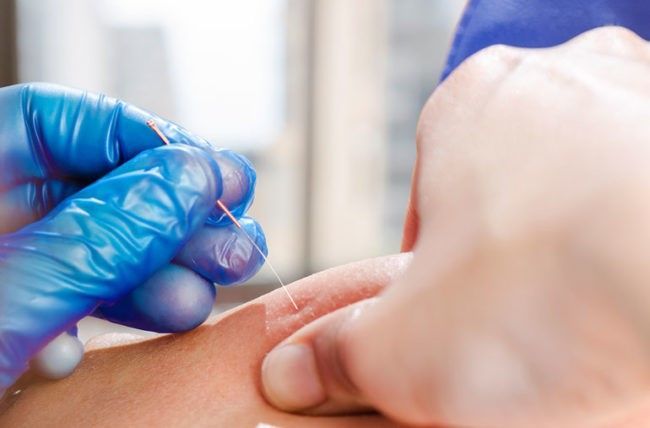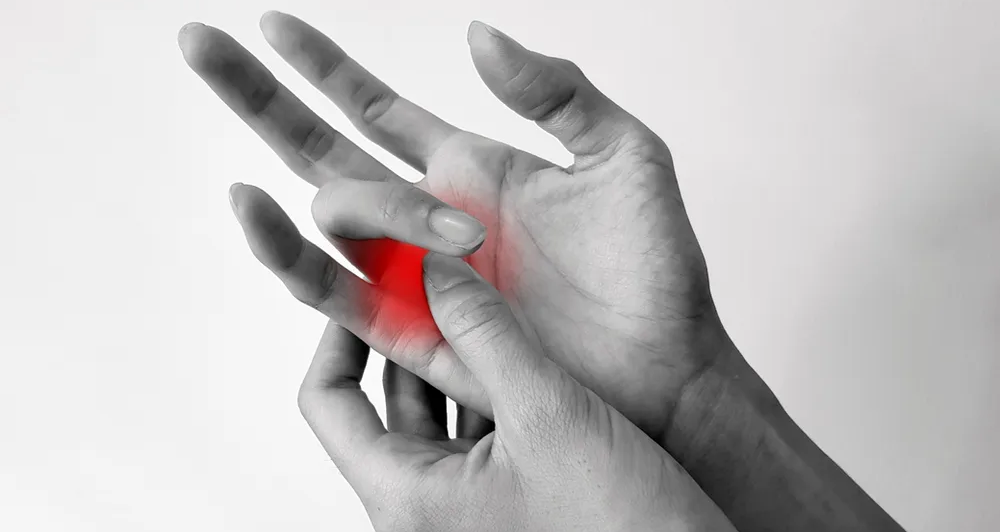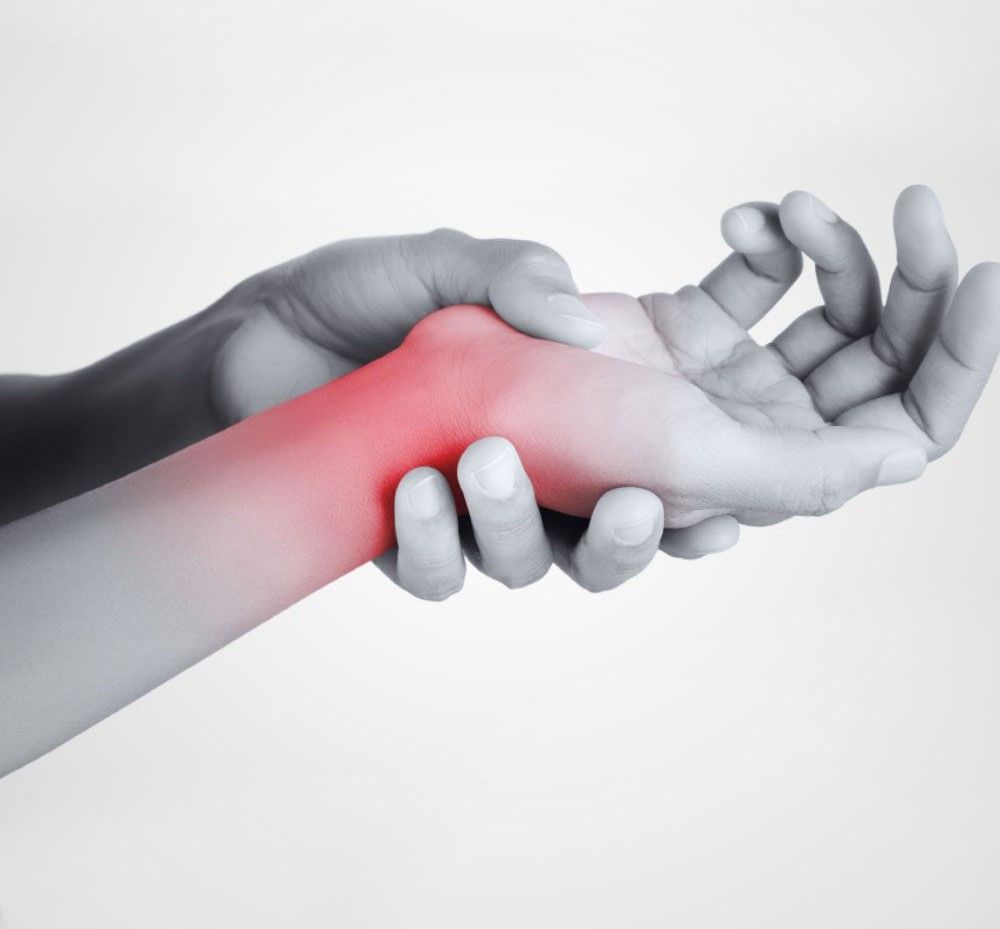Sacro-Iliac Joint – Part 2
Sacro-Iliac Joint – Part 2
Recap
Before we get into Part 2, here is a quick refresher on the anatomy and function of the sacro-iliac joint (SIJ). The sacrum with the coccyx (aka the tailbone) and the two ilium bones that make up the pelvis do not form unstable joints, they cannot move, go out of place or go out of line (unless it’s from an extremely high velocity impact where there would be a fracture and/or dislocation). The shape of all these bones that fit together to make the pelvis and the SIJs, as well as the strong ligaments that hold them together, ensure that the SIJs are strong and stable (sounds like a certain political slogan). This is the SIJ’s form closure , i.e. its anatomical shape and structure. All this means that SIJs are really well equipped to deal with the transfer of all the load and weight that must go through this area from our legs up and our trunks down as we move and get on with our daily lives. If you need a bit more detail, have a quick look at Part 1.
Treatment
Following our objective assessment ( see Part 1 ), your physiotherapist will proceed with a treatment plan and you will both go through the goals of your treatment. You physiotherapist will provide you with options in how to best manage your SIJ. Everyone is different so the self-management advice offered will be different from person to person.
Manual therapy treatment is used for pain relief. We physically cannot make any structural difference to the SIJs and their position using hands-on therapy and manipulation techniques (Wingerden et al, 2004; Richardson et al, 2002; Tullberg et al, 1998) but we can use manual therapy to desensitise the painful structures around the SIJ in order to reduce pain and help you move better. However, as physiotherapists, we need to be mindful that other areas of the body and other structures may refer pain into and around the area of the SIJ and we would treat this accordingly.
Remember the SIJ only moves approx 2-3° when we move, which is approximately 3-5mm of movement, so it makes it very difficult to figure out if the joint is lax, stiff, or moving more than its normal available range ( see Part 1 ). We need our muscles to both contract and relax to allow us to move the SIJs as we put different loads through the joints, even with their very limited range: this is called force closure.
To help you achieve your optimum movement, reduce your pain and force closure of the SIJs, we need exercises! Like all our treatments the exercise therapy we provide will be tailored to you – there is no hard and fast rule for the best exercise for the SIJs. The exercises provided may address strength & mobility issues of the muscles at the trunk, abdominals, back (upper and lower), hips and legs. The biggest focus though would be on improving your daily activities and overall quality of life. We, at JT Physiotherapy, aim to get you back where you want to be.
Aine Tunney MISCP
References
- Richardson, C.A. et al (2002) The relation between the transversus abdominis muscles, sacroiliac joint mechanics, and low back pain. Spine (Phila Pa 1976), Feb 15; 27(4):399-405.
- Tullberg, T. et al (1998) Manipulation does not alter the position of the sacroiliac joint. A roentgen stereophotogrammetric analysis. Spine (Phila Pa 1976), May 15; 23(10) 1124-8, discussion 1129.
- Wingerden, J.P. van et al (2004) Stabilization of the sacroiliac joint in vivo: verification of muscular contribution to force closure of the pelvis. European Spine Journal, 13 : 199–205.
- Also see Part 1 for references.
ModernDigital - Donegal Web Design




